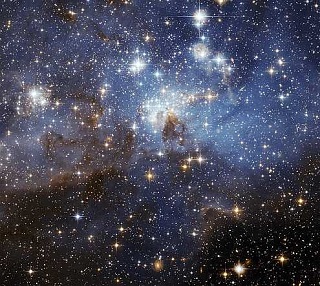Dec 9 2015
In a letter published in the prestigious journal Nature Physics, a team of scientists from The Hebrew University of Jerusalem suggests a solution to the Galactic radioactive plutonium puzzle.

All the Plutonium used on Earth is artificially produced in nuclear reactors. Still, it turns out that it is also produced in nature.
“The origin of heavy elements produced in nature through rapid neutron capture (‘r-process’) by seed nuclei is one of the current nucleosynthesis mysteries,” Dr. Kenta Hotokezaka, Prof. Tsvi Piran and Prof. Michael Paul from the Racah Institute of Physics at the Hebrew University of Jerusalem said in their letter.
Plutonium is a radioactive element. Its longest-lived isotope is plutonium-244 with a lifetime of 120 million years.
Detection of plutonium-244 in nature would imply that the element was synthesized in astrophysical phenomena not so long ago (at least in Galactic time scales) and hence its origin cannot be too far from us.
Several years ago it was discovered that the early Solar system contained a significant amount of plutonium-244. Considering its short-lived cycle, plutonium-244 that existed over four billion years ago when Earth formed has long since decayed but its daughter elements have been detected.
But recent measurements of the deposition of plutonium-244, including analysis of Galactic debris that fell to Earth and settled in deep sea, suggest that only very small amount of plutonium has reached Earth from outer space over the recent 100 million years. This is in striking contradiction to its presence at the time when the Solar system was formed, and that is why the Galactic radioactive plutonium remained a puzzle.
The Hebrew University team of scientists have shown that these contradicting observations can be reconciled if the source of radioactive plutonium (as well as other rare elements, such as gold and uranium) is in mergers of binary neutron stars. These mergers are extremely rare events but are expected to produce large amounts of heavy elements.
The model implies that such a merger took place accidentally in the vicinity of our Solar System within less than a hundred million years before it was born. This has led to the relatively large amount of plutonium-244 observed in the early Solar system.
On the other hand, the relatively small amount of plutonium-244 reaching Earth from interstellar space today is simply accounted for by the rarity of these events. Such an event hasn’t occurred in the last 100 million years in the vicinity of our Solar system.